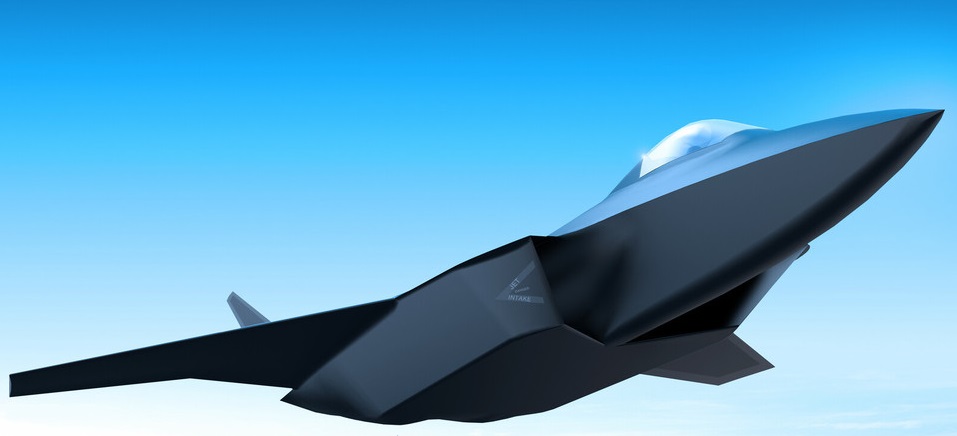In a groundbreaking initiative, the United Kingdom’s leading combat air companies, in collaboration with the Ministry of Defense, are spearheading research at the intersection of machine learning, artificial intelligence (AI), data science, and computing. This cutting-edge research aims to fortify the software development for the Tempest project, an integral component of the UK’s future combat air system (FCAS).
Tempest, envisioned as a supersonic stealth fighter, will incorporate pioneering technologies, including state-of-the-art integrated sensing and protection capabilities. The software underpinning Tempest is set to play a pivotal role, with millions of lines of code on the aircraft and ground-based systems. This complexity demands a level of robustness and resilience surpassing that of potential adversaries.
The collaborative effort involved close engagement with scientists, engineers, and academia, providing valuable insights into various aspects of software development. These include software requirements, design, delivery, operation, speed of upgrades, and maintenance. The goal is to ensure that both the fighter jet and the accompanying training systems for pilots and maintainers operate seamlessly and effectively.
Outsmart Insight, a deep tech intelligence company, and Oxford Creativity, a group specializing in innovation and creative problem-solving, conducted targeted research addressing critical challenges in software development. These challenges span flexible management of computing resources, the role of trusted artificial intelligence, software re-use, and enhancing software dependability.
Building on these findings, Team Tempest partners have commissioned further research with UK academia. This follow-on research aims to bolster the development of more robust software that can be hosted in a resilient manner. This initiative aligns with the program’s vision for a modern, efficient, assured, and continually improving software delivery ecosystem.
Air Commodore Lowe, FCAS Programme Director for the MOD, emphasizes the critical role of software in the Tempest project. He notes, “Software is key for Tempest because the future operational environment demands adaptability, including frequent software updates. But software is also a big delivery risk.” Drawing attention to the pitfalls of poorly executed software projects, Lowe highlights the significant advantages of proficient software development. In terms of operational capability, he asserts that the individuals delivering the software are as crucial as the aircraft maintainers or the pilots.
The Tempest project is slated to be in service by 2035, offering not only enhanced military capabilities but also promising significant economic benefits to the UK. The initiative is expected to sustain and develop critical skills, ensuring that technical and industrial expertise from a multitude of organizations across the UK remains at the forefront of advanced combat air systems for generations to come. This collaborative effort underscores the UK’s commitment to staying at the forefront of technological innovation in the defense sector.


